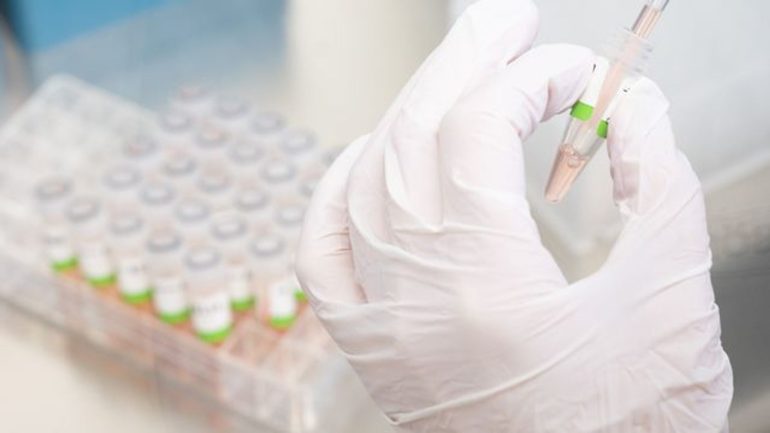BJ.1 is a subline of the existing and widely used BA.2 line. However, he has 14 additional mutations. “What is immediately clear is that many of the new mutations condense into the receptor-binding domain and the NTD antibody-binding ‘supersite’,” explains Elling.
This could mean that the virus can enter cells more easily, or at least act more aggressively. It remains to be seen whether BJ.1 is indeed a new sub-line, as the name suggests. Initially, it was named BA.2.10.1 by the discoverers. One of the researchers involved in the scientific discussion about the significance of the mutation, the Swiss researcher Cornelius Romer, then decided on a new name. However, the WHO has not yet used the term.
“Immune escape is very likely”
According to the scientist, this mutation package makes it very likely to evade another important immunity. Immune escape means that the viral genome has changed in such a way that it is able to escape antibodies from people who have been vaccinated and those who have recovered.
“One can only hope that there will be a significant cost to the virus in terms of infectivity.” This means that while it has the equipment to attack cells better, it is less able to defend itself – and cannot currently compete with the major sublines. Elling called for continued monitoring of the new subline and ongoing sequencing of the samples.
In its current weekly report last Thursday, the Robert Koch Institute only identifies subvariant BA2.75 as a newline. “In India, but in many other regions around the world, the prevalence of the BA.2 subline BA.2.75 was observed,” it says there. In Germany, 33 sequences were identified in random samples.
RKI writes, “This type of mutation profile indicates clear immune escape properties. The evolutionary advantage of BA.2.75 in a BA.4/Ba.5-dominated event in Germany is currently not identifiable.” Further comments will reveal to what extent this also applies to the new BJ.1 subline.

Reader. Organizer. General creator. Zombie fanatic. Alcohol advocate. Food junkie. Bacon ninja.





